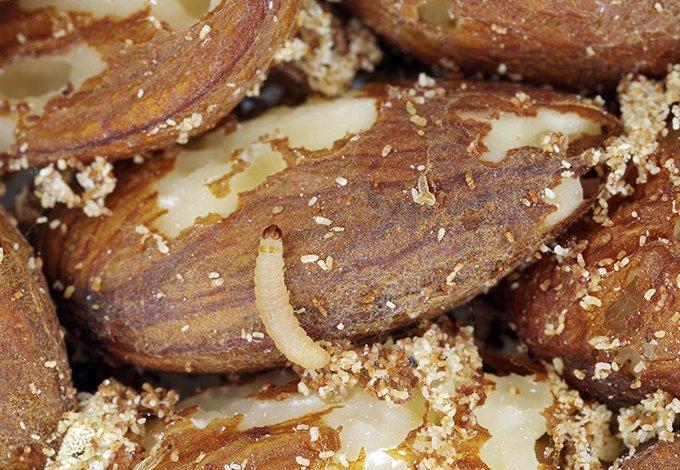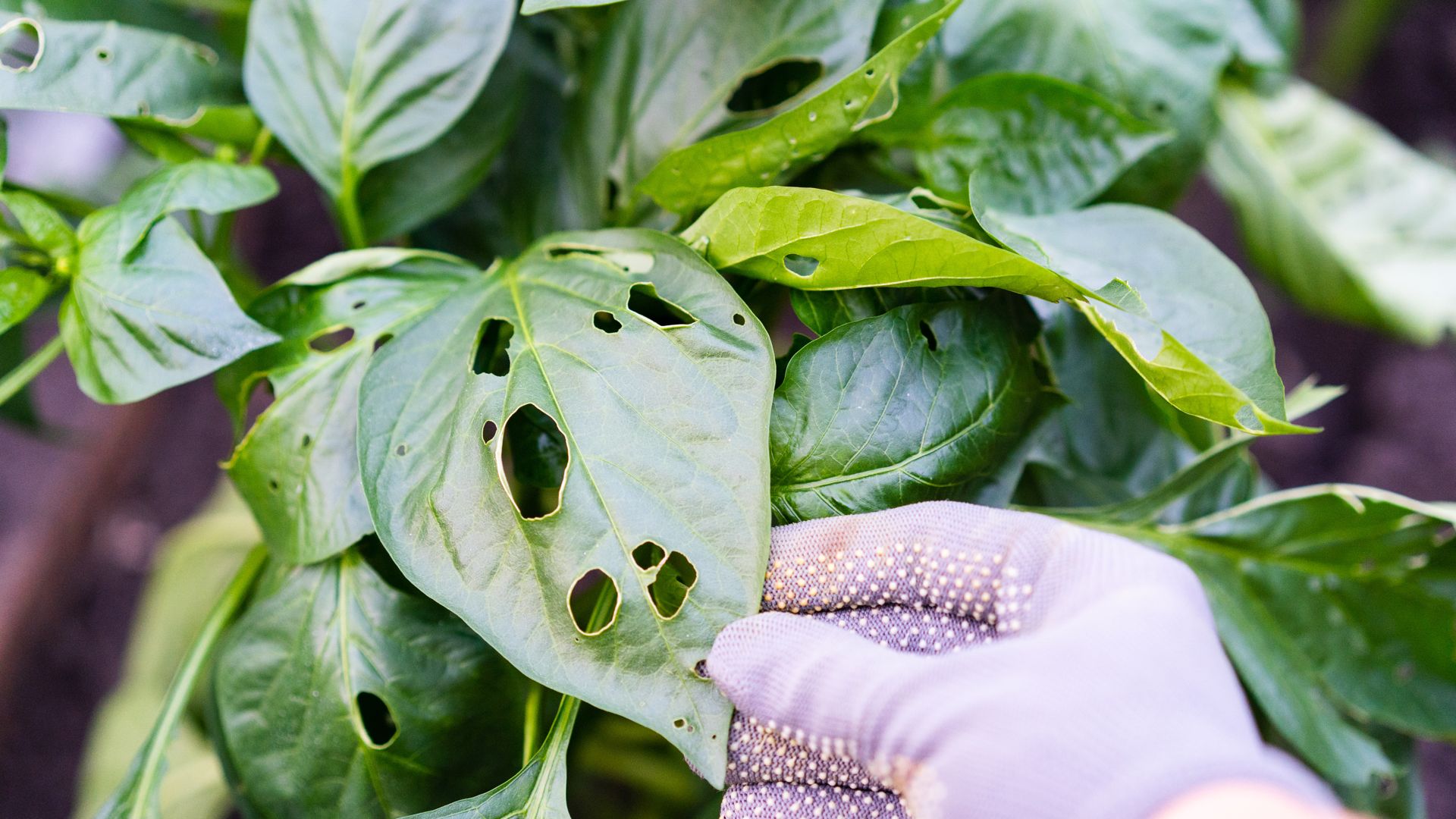

Get Rid Of Pantry Moths In Your Long Island Kitchen Once And For All
Have you found tiny, ⅝ inch moths in your kitchen? Are they a rusty color with a tan band through the middle? Those are Indian meal moths. Today, we're discussing a few things you need to know about these moths and going into detail about how you can get rid of pantry moths in your Long Island kitchen or pantry. Warning: some of this article will be gross. Pantry pests are unsavory to think about.

Why Are There Moths In Your Pantry?
The thing you need to know most about Indian meal moths is that it is unlikely that they came in from the outside of your home. If you see moths in your home, it is because your food is already infested. You bought home something from the grocery store that had Indian meal moth eggs in it. When those eggs were brought into your home, the temperature of your home, and the right timing, allowed those eggs to hatch. This led to tiny caterpillars crawling around inside your food. Those caterpillars cocooned and developed through the pupal stage to the adult stage. That is what you see now if you have a pantry moth infestation. The moths in your home don't eat anything. They live only to breed and lay eggs. This is why they don't live in your yard and get into your home from the outside.
All About Pantry Moth Larvae
The larvae of pantry moths are tiny caterpillars. At first glance, they can look like maggots; but they're not. They have legs. And their little legs allow them to get around inside your food. They can also use those legs to go from one food package to another. Pantry moth caterpillars also have mouthparts that allow them to chew through paper and thin plastic.
When pantry moth caterpillars get into rice, it can be quite disturbing. They are rice-shaped, and they take on the color of the food they eat. If they're in white rice, they'll be white. If they're in brown rice, they'll be brown. If you notice one piece of rice slowly working its way up the side of a food container, you should know that it probably is not rice!
The Nature Of An Indian Meal Moth Infestation
When eggs hatch and caterpillars feed, it can take a while before they cocoon and become pupae. At a temperature of between 64 and 95 °F, larvae can complete their development in 6 to 8 weeks. The pupal stage can last from 15 to 20 days. That means you've probably had bugs in your food for about 2 months by the time you see moths. Sorry.
How Do You Stop An Indian Meal Moth Infestation?
You might be tempted to throw all your food out and start from scratch, but that is costly, and it might not solve your problem. It is better to roll up your sleeves and do the hard work of putting all your food into sealed plastic containers or bags. Isolate the foods that are infested and put them in the trash outside of your home. Once you've gotten rid of your problem, consider purchasing airtight glass or plastic containers to continue to protect your stored foods from infestation. These containers serve two primary purposes. They contain pantry pests and prevent them from spreading, and they help you see them crawling (or wiggling) around in your food.
Are Pantry Pests Dangerous?
No. They're just gross. Pantry pests are not known to spread disease-causing pathogens or harmful organisms. This is because they target the foods in your pantry, not the decaying sludge in your trash and drains as flies and cockroaches do.
Pantry Pest Service
If it sounds like a lot of work to deal with Indian meal moths in your pantry, remember that the pest control experts at Parkway pest control are always standing by to help you resolve your pest problems. We use field-tested strategies for isolating these pests and treating the area so that no eggs, larvae, pupae, or adults remain.
Do you have questions? We'd be happy to answer them. Would you like to request service? Request a free quote for your pest control problem today. We look forward to helping you resolve your pest issue.
Customer Testimonials
-
Excellent, prompt, and courteous service. The technician arrived on time and took care of our yellowjacket nest and carpenter bee problems. Highly recommend Parkway if you have pest issues.- Jeff R.
-
Professional, knowledgeable, and great service. The technicians are always on time and the pest issues are solved within a couple of days. Highly recommend Parkway Pest Services for any pest problem. Thank you!- Jean R.
-
Parkway Pest Services responded very quickly to our request to have a tech come and inspect our rodent issue. They provided excellent service, outlining steps they would take as well as the steps we should take. Our pest situation has been resolved! I highly recommend them!- Robert M.
-
“Beyond friendly and professionally she really understood how freaked out we were and felt like she was in it with us the whole way.”- Emily W.
-
“The gentlemen that came over was very friendly and honest!”- Patty M.
-
“They sent a tech the same day and truly saved the day for my Aunt’s home in New York.”- D. Hunsaker
-
“I called Parkway, got Shoshanah on the phone, told her about the problem (she could tell I was a wreck!) Within an hour Steve was here!”- C. Petronella
-
“Had some scheduling issues and with her kindness patience and professionalism sorted it all out!”- John D.


Our Blog & News
Catch up with the latest blog articles from Parkway or see news that is happening in the pest control industry.







